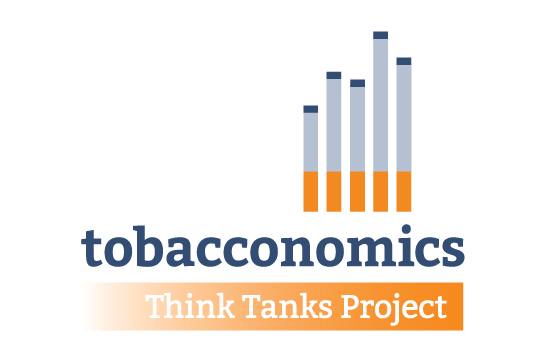Cigarette Tax Scorecard
The newly released 3rd edition of the Tobacconomics Cigarette Tax Scorecard
scores cigarette tax policy performance in 170 countries on a five-point scale using data from the
World Health Organization's biennial Report on the Global Tobacco Epidemic, providing policy makers with an actionable
assessment of their country's cigarette tax policy.
Learn More

